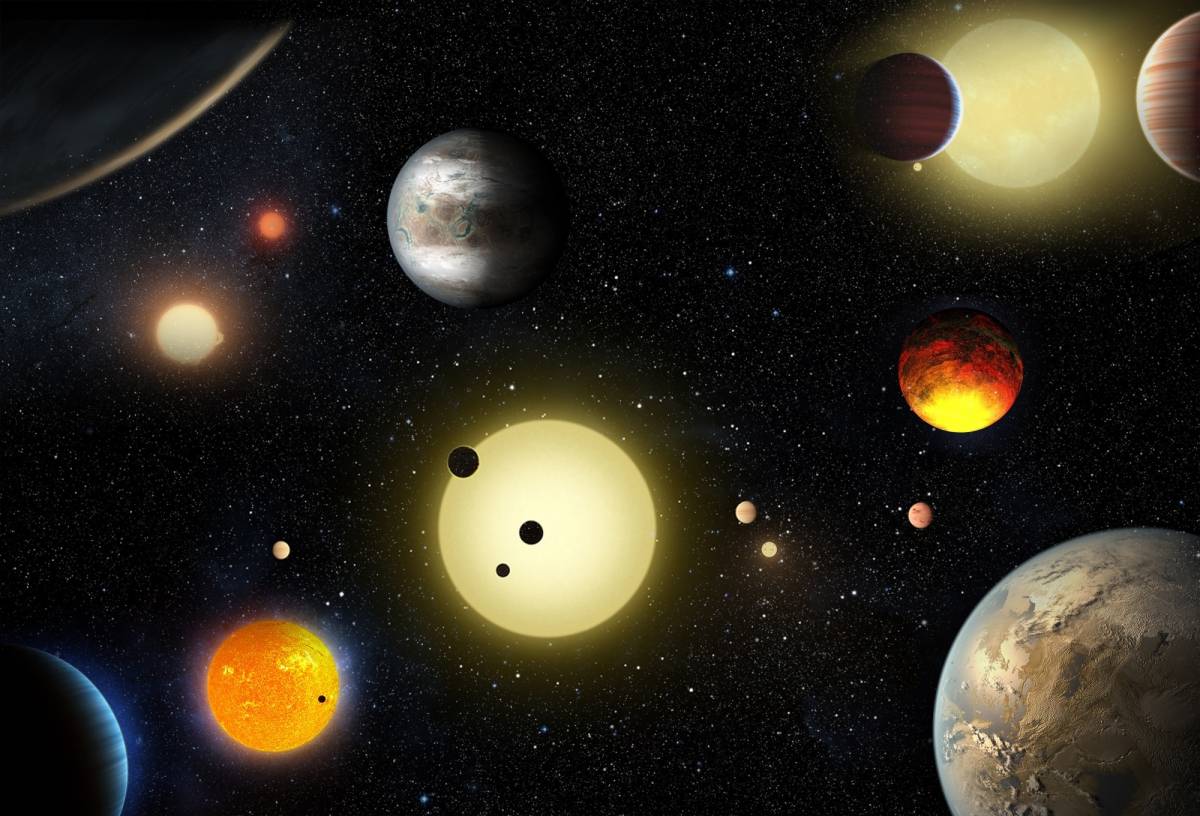Proxima b was discovered a few years ago using the HARPS instrument on ESO’s 3.6-metre telescope…reports Asian Lite News
A team of astronomers using the European Southern Observatory’s Very Large Telescope (ESO’s VLT) in Chile have found evidence of another planet orbiting Proxima Centauri, the closest star to our Solar System.
Proxima Centauri is the closest star to the Sun, lying just over four light years away.
The newly discovered planet, named Proxima d, orbits Proxima Centauri at a distance of about four million kilometres, less than a tenth of Mercury’s distance from the Sun.
This candidate planet is the third detected in the system and the lightest yet discovered orbiting this star. At just a quarter of Earth’s mass, the planet is also one of the lightest exoplanets ever found.
These findings are published in Astronomy & Astrophysics journal.
“The discovery shows that our closest stellar neighbour seems to be packed with interesting new worlds, within reach of further study and future exploration,” said Joao Faria, a researcher at the Instituto de Astrofisica e Ciencias do Espaco, Portugal, in a statement.
Proxima d orbits between the star and the habitable zone — the area around a star where liquid water can exist at the surface of a planet — and takes just five days to complete one orbit around Proxima Centauri.
The star system is already known to host two other planets: Proxima b, a planet with a mass comparable to that of Earth that orbits the star every 11 days and is within the habitable zone, and candidate Proxima c, which is on a longer five-year orbit around the star.
Proxima b was discovered a few years ago using the HARPS instrument on ESO’s 3.6-metre telescope.
The discovery was confirmed in 2020 when scientists observed the Proxima system with a new instrument on ESO’s VLT that had greater precision, the Echelle SPectrograph for Rocky Exoplanets and Stable Spectroscopic Observations (ESPRESSO).
It was during these more recent VLT observations that astronomers spotted the first hints of a signal corresponding to an object with a five-day orbit. As the signal was so weak, the team had to conduct follow-up observations with ESPRESSO to confirm that it was due to a planet, and not simply a result of changes in the star itself.
“After obtaining new observations, we were able to confirm this signal as a new planet candidate,” Faria said.
At just a quarter of the mass of Earth, Proxima d is also the lightest exoplanet ever measured using the radial velocity technique, surpassing a planet recently discovered in the L 98-59 planetary system.
ALSO READ-Boris warns Russia against ‘catastrophic invasion’











